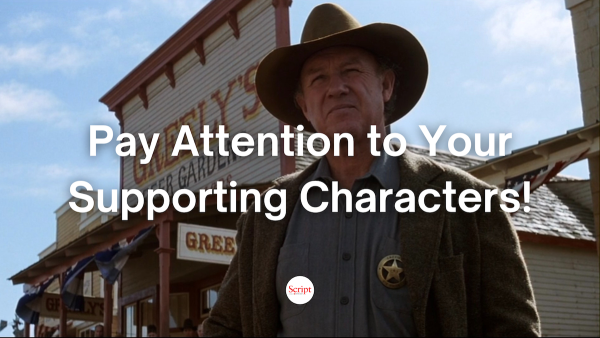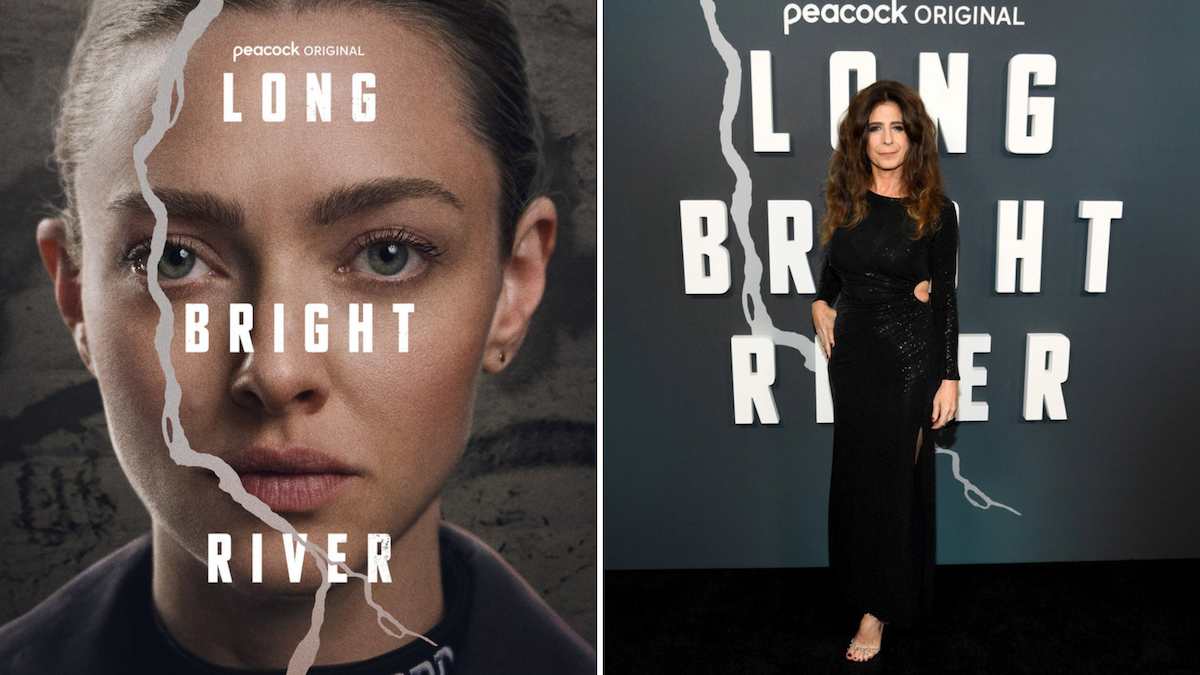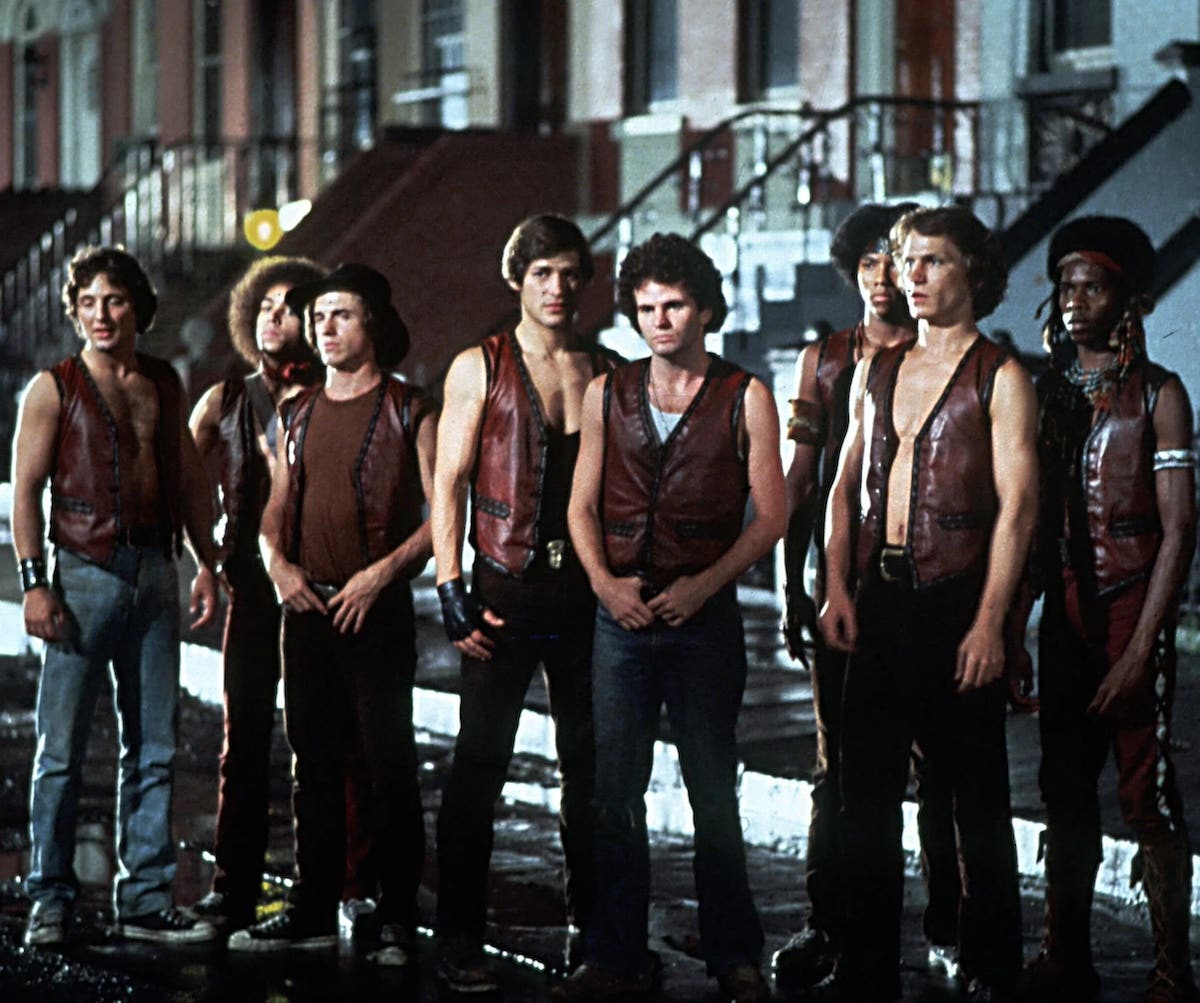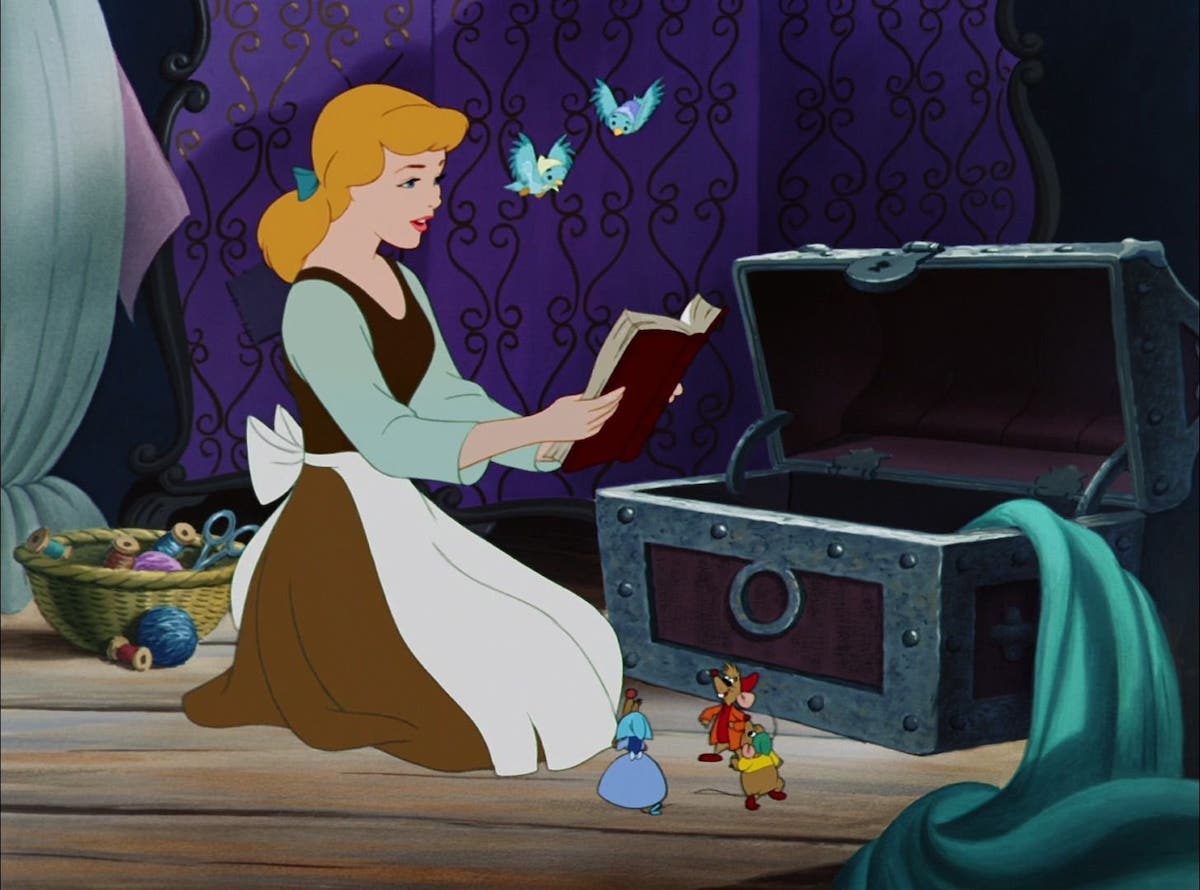Storytelling Strategies: Monsters University’s Scary Character Arcs
Things get very complicated and a bit muddy for the undergrads at Monsters U. On the most basic level, the phrase Character Arc describes a process of change in a…
Things get very complicated and a bit muddy for the undergrads at Monsters U.
On the most basic level, the phrase Character Arc describes a process of change in a character as he or she advances through a story.
In dramaturgy, it’s a relatively recent idea. Classical Greek drama tended to center character around the moment of anagnorisis, or recognition, of his flaw or error. For William Archer, a theater critic and theorist of the late 19th century, character in drama was primarily about revelation of the a character -- the audience’s discovery of a character’s nature on a deep level, or the character’s discovery of him or herself, rather than a change in the character.
In their exhaustive study of American cinema -- The Classical Hollywood Cinema: Film Style and Mode of Production to 1960 (1985) -- David Bordwell, Janet Staiger and Kristin Thompson identified a durable character arc/story pattern in American cinema, originating around 1920. This pattern features a protagonist who is basically a good, likable person, but who has one flaw or difficulty that is causing pain -- for example, a fisherman’s son who is afraid of the sea, due to some childhood trauma, perhaps losing a best friend to a drowning accident. During the course of the story, the character finally faces his flaw and overcomes it; for example, the guy who’s afraid of the sea rescues his love interest during a storm.
Using this approach, apprehending the theme of a movie is relatively easy: it’s a simple, universal truth that the character learns as the arc is completed. In the above example: overcome your fears.
With significant exceptions, American filmmakers have embraced this pattern over the years. Indeed, the model became so prevalent in television half-hour comedies that by the late 1980s there arose a counter-movement against it, exemplified by the likes of Married: With Children, The Simpsons, and Seinfeld, whose characters never, ever learn anything and adamantly don’t grow from their experiences or address their flaws.
Arcs Galore in Monsters University
The storytelling maestros at Pixar have in general embraced the classical American model, most clearly in Finding Nemo, Toy Story and Up.
In Monsters University (written by Dan Gerson, Robert L. Baird and Dan Scanlon, directed by Scanlon), the storytellers double down on it, working out character arcs for twin protagonists. The result is a bit of a tangle, which quite possibly arises from the challenges of the current Hollywood story development process.
We are first introduced to Mike (after a bit of grade-school pre-history) as a likable college freshman, full of energy and wit and excitement about realizing his lifelong dream of becoming a scarer. He proves to be a terrific student, though as the story progresses, doubts are raised about whether he really has it in him to be scary. It’s a classic setup for the character to learn one lesson or another -- to accept his limitations or to overcome his inability to transfer his book-learnedness to actual real-life performance.
Unfortunately the movie’s handling of that arc is muddy. During the decisive moment of the Scare Games, Mike’s performance is shielded by a cheat perpetrated by his co-protagonist, Sully. Later, while in peril in a human-world summer camp, Mike seems to use his brains rather than his ability to scare, an effort that creates the loudest screams ever -- but he’s expelled from the university anyway. The subsequent postscript shows his climb (along with partner Sully) within Monsters Inc. without indicating how he overcame his (apparent) failings.
The resulting arc is hard to discern. Is Mike a guy who learns to overcome his lack of innate skill through smarts? That persistence pays off? That he needs to team up with someone who can really do it?
Sully
Sully’s arc is similarly muddled. He’s presented as a guy who is outwardly confident and competent, and skeptical of the need to study -- relying instead on innate ability -- effectively the mirror opposite of Mike. Later he reveals his bravado conceals self-doubts, although in truth his problems are either subtle and complex or poorly conceived -- it's hard to tell. Is he trying to sabotage himself by not studying? If not, why isn’t he preparing himself better? Why does he frequently seem to want to quit, and is that consistent with his decision to taking the risk of cheating in order to help his team win?
In the end, it’s not clear how he changes. He becomes aware that he needs Mike’s strengths, and the suggestion is made that teamwork is what really matters. Is that his character arc? He’s a loner who learns the importance of teamwork? If so, that’s not clearly stated at the opening -- in fact he seems to want to be part of a team -- the ROR fraternity -- and later pushes Mike hard to let him join Mike’s OK fraternity team in the Scare Games.
Finally, his rise up the ranks of Monster Inc. is, like that of Mike, unaccounted for in light of his (apparent) failings.
Adding to the confusion of arc is a scene inserted late in the second act in which Mike and Sully’s beleaguered team pays a visit to Monsters Inc. and is inspired to see how many different types of monsters are successful -- suggesting a theme of not judging others based on their appearance or physical attributes.
The themes that emerge from movie are variously don’t judge people by their appearances, teamwork is important, don’t give up, don’t cheat, play to your strengths, find your own way -- a confusing jumble that reflects the filmmakers' storytelling decisions.
Getting it Right
A lot of notable films do not follow this classical American character arc pattern (perusing the AFI’s Top 100 American Films they would include Citizen Kane, Lawrence of Arabia, Psycho, Sunset Boulevard, and Chinatown among others).
Among those that do, successfully: as mentioned above, Pixar’s own Finding Nemo. Here, Marlin, a likable and loving husband and father-to-be, suffers a trauma that threatens to cripple him emotionally, leaving him anxious and overprotective. During the course of the story he overcomes his emotional trauma. The theme is simple and universal: overcome your fears.
In addressing the issues raised by Monsters University, or in any script, the solution is discipline in staying true to one’s own premise. In a studio development situation like that which spawned Monsters University, that kind of discipline can be a challenge (even in a shop with a track record like that of Pixar), because of an almost irresistible tendency toward over-complication and incoherence.
It’s much easier in a spec script setting and, approached that way, it’s a matter of making choices. If, at the end, Mike winds up being a successful scarer working at Monsters Inc. (a given, in that this is a prequel), the theme of accepting one’s limitations isn’t going to work, but persistence would.
If the central tension in Mike’s character is between his ability to absorb knowledge and his inability to apply it in performance, the way is clear -- in terms of story -- for him to discover how to apply his strength in a unique way that overcomes his physical inabilities. That suggests a moment like the human summer camp scene in the current film, but with an explicit (and well-prepared) solution, that Mike and Sully have found a way to be scary using Mike’s brains and Sully’s brawn, and that it’s actually superior to the standard way, and that this is what leads to their subsequent success at Monsters Inc.
In such a version, there would be no need for the multiple endings in the current film -- the two getting expelled from the major, then winning the Scare Games, then losing the Scare Games, then succeeding in scaring the adults in the summer camp, then getting expelled from the university anyway, then realizing they need each other, and finally the two succeeding offscreen, conveyed via still pictures of their rise at Monsters Inc.
How scary can that be?
Get a roadmap to your story's structure and character development with our FREE Download Structure Grid of Character Development and Plot
Related Articles:
- More Storytelling Strategies by Paul Joseph Gulino
- Balls of Steel: Finding Character Motivation, Conflict and Compassion
- More than Storyboards: Comics & Film: On Writing Comics
- Specs & The City: Sequences and 'Toy Story' Part 5
Tools to Help:
Paul Joseph Gulino is an award winning screenwriter and playwright, whose credits include two produced screenplays in addition to numerous commissioned works and script consultations, and his plays have been produced in New York and Los Angeles. He taught screenwriting at the University of Southern California for five years, and since 1998 has taught at Chapman University in Orange, California where he is an associate professor. He has lectured and given workshops in the U.S. and Europe and recently guest-lectured at Disney Animation in Burbank. His books include Screenwriting: The Sequence Approach and The Science of Screenwriting: the Neuroscience Behind Storytelling Strategies, co-written with psychology professor Connie Shears. His web site is www.writesequence.com.







